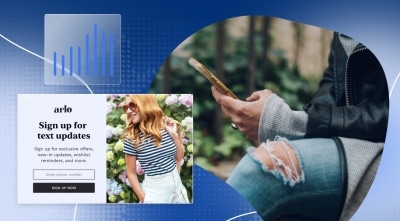Mobile
Mobile Messaging 101: Building a Mobile Messaging Strategy
February 12, 2020

Mobile apps fail for a huge variety of reasons. But every successful app has something in common: A great mobile messaging strategy.
Most apps sit on customers’ phones unused, for the very frustrating reason that apps don’t open and launch themselves. An effective mobile messaging marketing strategy reminds customers to open apps when they’re most likely to be receptive to the idea.
How, then, do you build a mobile messaging strategy? The same way you build anything else: One step at a time. If you haven’t put a lot of thought into your mobile strategy yet, you’ll want to start with the basics. This handful of foundational tactics should be part of any mobile messaging strategy, and they’re a great place to start. Especially because mobile messages are an effective way to drive in-store traffic.
Last year, Marigold Engage by Sailthru surveyed more than 2,000 consumers in the U.S. and the U.K. regarding their attitudes toward brick-and-mortar retail. About 25% of British consumers and one-third of those stateside have been driven to action by push notifications, whether that’s using a promotion in-store, finding a location, purchasing a featured product or ordering something for in-store pick-up.
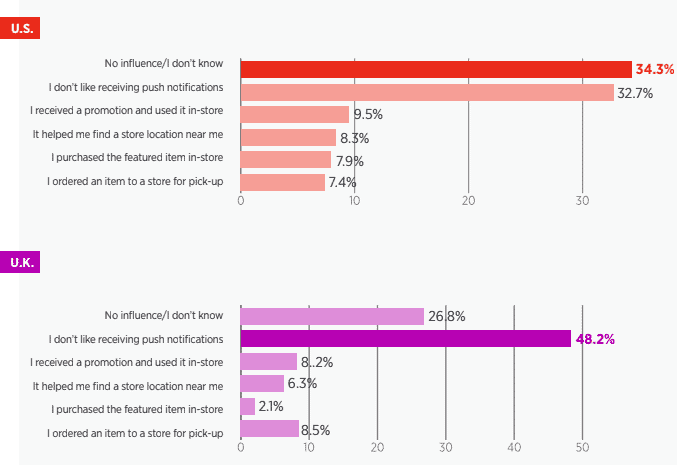
Essentially, marketers have two tools they can use to communicate with customers via their phones (aside from calling them, of course!) Push notifications appear on a customer’s home screen whether or not they have your app open. Customers have to opt into push notifications, but once they do, they’re a great way to offer alerts and updates. They also generally encourage users to interact with the app.
In-app notifications, as the name implies, appear only within the app itself. But marketers can build a kind of ‘home base’ for in-app notifications within their app, making in-app notifications akin to an email that appears only in the app. Therein lies the beauty of in-app notifications: marketers can use it in many of the same ways they’ve successfully been using email.
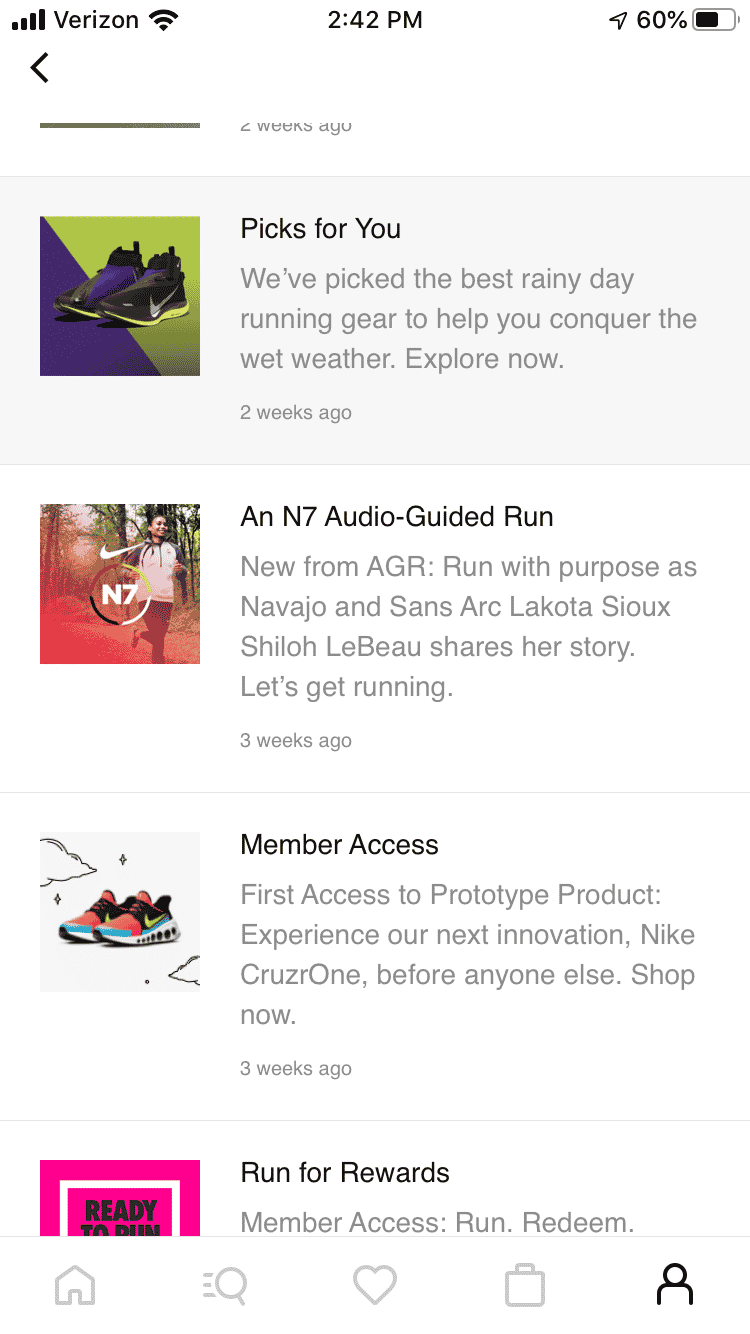
We’ve separated mobile communications tactics here according to whether you’ll be implementing them via push notification or in-app messages. These may not seem like the most sophisticated strategies that get touted by consultants and written up in the press. That’s okay. They do something much more important: give any brand a solid start. They will show results quickly, and provide a solid foundation for the future.
Foundational Mobile Messaging Tactics: Push Notification
- Promotions. If you’re having a sale, or a freebie incentive offer, definitely use push notifications to get the word out. Promotional messaging is also great for new product launches, or to alert customers when an out-of-stock item comes back in. ASOS uses push notifications to alert customers when a clearance sale is beginning, for example.
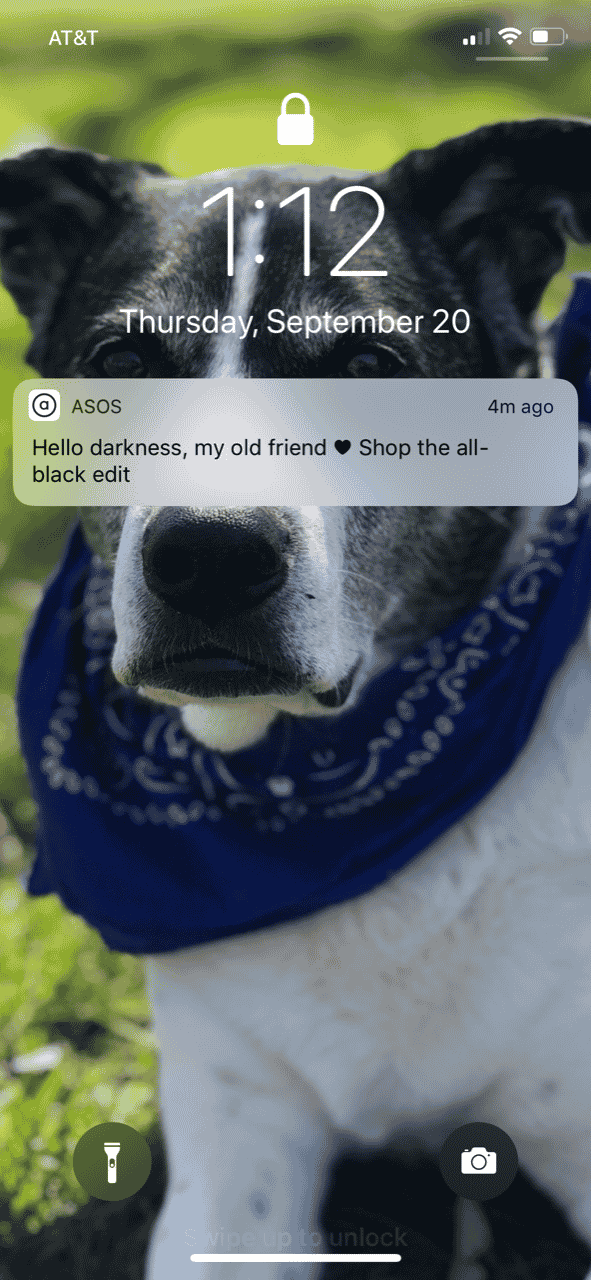
- Transactional messages. As with email, transactional messages are some of the most widely-used and the most intuitive messages. If a package ships, send a push notification. If a package has been received, do the same.
- Scheduling. Use scheduling to make sure your push notifications are time-zone appropriate, and that they don’t awaken customers or otherwise reach them at inappropriate hours.
- Rich media. Push notifications can be so much more than just be a few short lines of text. Make them fun! Include images, videos, and interactive elements to make push notifications much more engaging and likely to win a tap-through.
- Retention messaging. If a customer hasn’t opened your app in a while, send a notification to help bring them back. That might mean a small discount, or amped-up loyalty points for a purchase within a short period of time. The more personality you can get into these messages, the better. Subscription beauty retailer Birchbox often sends messages that begin, “Hello from inside your phone!”
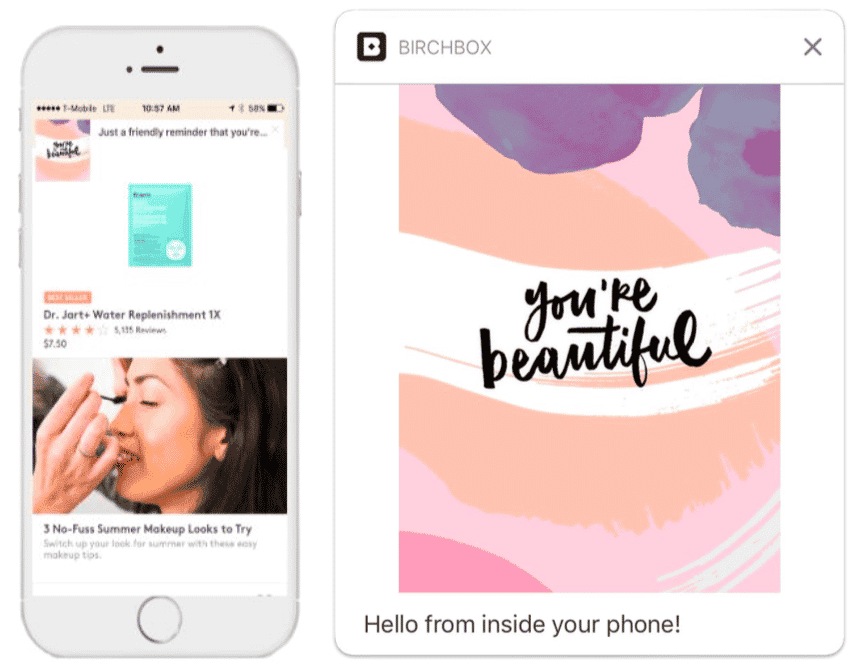
- Deep linking. If you’re using a push notification to promote a certain product, don’t just include a link to your home page. That’s not all that helpful for the customer, who then has to paw through your site to find the item you were raving about. Instead, deep link directly to the relevant page to increase your chances of conversion.
Foundational Mobile Messaging Tactics: In-App
- Onboarding messaging. Every brand should design an onboarding stream that goes to new customers. This gives brands a chance not only to reinforce their special differentiators, but to show off how valuable their app is and give customers a reason to return to it. A great messaging stream will ask for opt-ins to push notification, collect user information that will lead to a better experience, and stress the benefits of using the app.
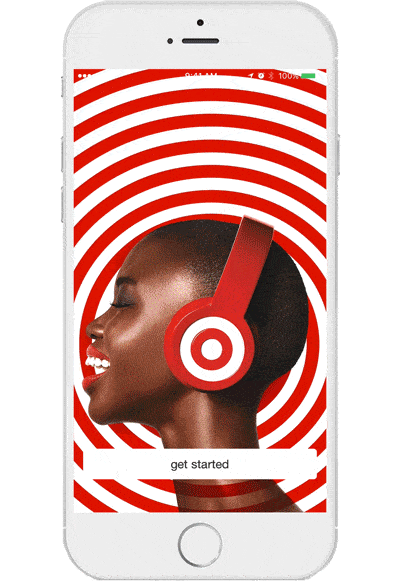
- Implement a message stream. A message stream archives your messages in the app. This makes it easier for customers to find relevant messages they’ve missed, and gives them a reason to return to your app. If you’re truly sending relevant communications to your users – and we hope you are! – it’s worth making them easy to find.
If some of these strategies sound similar to what you’re already doing in email, that’s great! Mobile messaging and email share the same goal: delivering engaging content when and where the customer wants to receive it. With these tactics, you’ll be well positioned to do just that, and to earn your app a spot among your customers’ favorites.
The State of Brand Loyalty in the U.S. in 2023
Related

